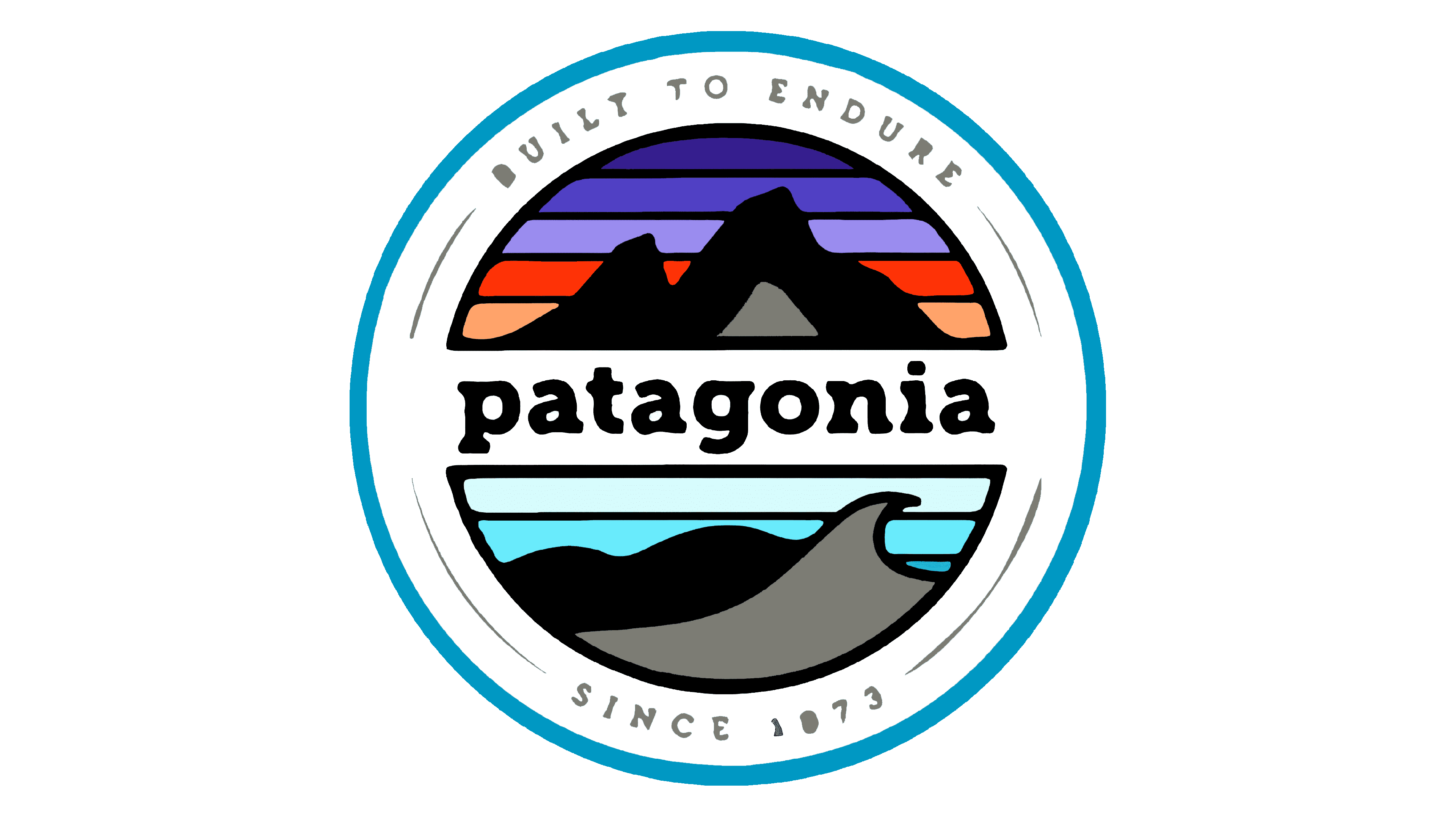

Imagine your brand as a rockstar (because, let’s face it, every brand deserves to be a rockstar!). You’ve got the killer logo, the catchy slogan – but are your fans cheering, or are they just politely nodding along?
Have you ever wondered why certain brands seem to have a loyal following, almost like a cult fanbase? Think Apple, Patagonia, or even your favorite local coffee shop. It’s not just about the products or services they offer; it’s the brand identity they’ve cultivated.
So, what exactly is brand identity, and how can you create one for your own business (even without a fancy design team)?
Imagine your brand identity as your business’s fingerprint. It’s a unique combination of visual elements (like your logo and colors) and personality traits (like trustworthy or innovative) that sets you apart from the competition. It’s the story you tell the world about who you are, what you stand for, and why someone should care.
A strong brand identity isn’t just about looking pretty (although that doesn’t hurt!). Here’s why it matters:
Before you start designing logos or picking colors, it’s crucial to understand your brand’s core. Here are some questions to get you started:
Take a peek at your competitors. What are they doing well? Where are the gaps? This will help you identify opportunities to differentiate yourself.
Now comes the fun part (kind of)! This is where you translate your brand’s essence into visual elements. Here are some key components:
Your brand voice is how you communicate with your audience. Is it formal or casual? Witty or serious? Consistent use of your brand voice across all platforms (website, social media, marketing materials) strengthens your brand identity.
The key to a powerful brand identity is consistency. Make sure your brand elements (logo, colors, fonts, voice) are used consistently across all touchpoints. This helps build trust and recognition.
Minimalist logo, clean design aesthetic, focus on innovation – all reflecting a brand that’s sleek, user-friendly, and at the forefront of technology.
This iconic logo features a simple, clean silhouette of an apple with a bite taken out of it. The clean lines and lack of detail reflect Apple’s brand identity, which is known for being sleek, user-friendly, and at the forefront of technology.




Earthy color palette, focus on outdoor imagery and environmental activism – all building a brand identity that’s associated with adventure, sustainability, and a love for nature.
The Patagonia logo is a text-based design featuring the brand name in a bold, slightly rounded font. While simple, it evokes a sense of sturdiness and reliability. The imagery you choose to accompany the logo, such as mountains or hikers, reinforces Patagonia’s brand identity, which is strongly associated with adventure, sustainability, and a love for the outdoors.
Bold colors, playful mascots, lighthearted tone – creating a brand identity that’s fun, colorful, and perfect for their candy-loving audience.
The M&M’s logo is colorful and playful, featuring the letter “M” incorporated into the design of each candy piece mascot. The mascots themselves come in a variety of vibrant colors and often have goofy expressions, reflecting the brand’s fun and lighthearted personalityThis playful design creates a memorable and inviting brand identity that perfectly suits their target audience of candy lovers.


So, there you have it! You’ve unlocked the secrets of crafting a killer brand identity and voice. Remember, your brand is your rockstar persona – it’s loud, it’s proud, and it connects with your audience on a deeper level.
Now, get out there and rock the world with your brand! Use the insights you’ve gained to fine-tune your voice, tell your story with passion, and create a brand experience that leaves your audience wanting more. After all, the only thing better than a brand with a killer identity is a brand with a legion of devoted fans!
Along with brand identity, if you are looking to increase your brand’s awareness, these guides will kick off your journey:
Get started with our free brand perception survey tool
Don’t Let Your Competitors Understand Your Customers Better Than You
Don’t miss out. Try our 30-day Free Professional Trial.

